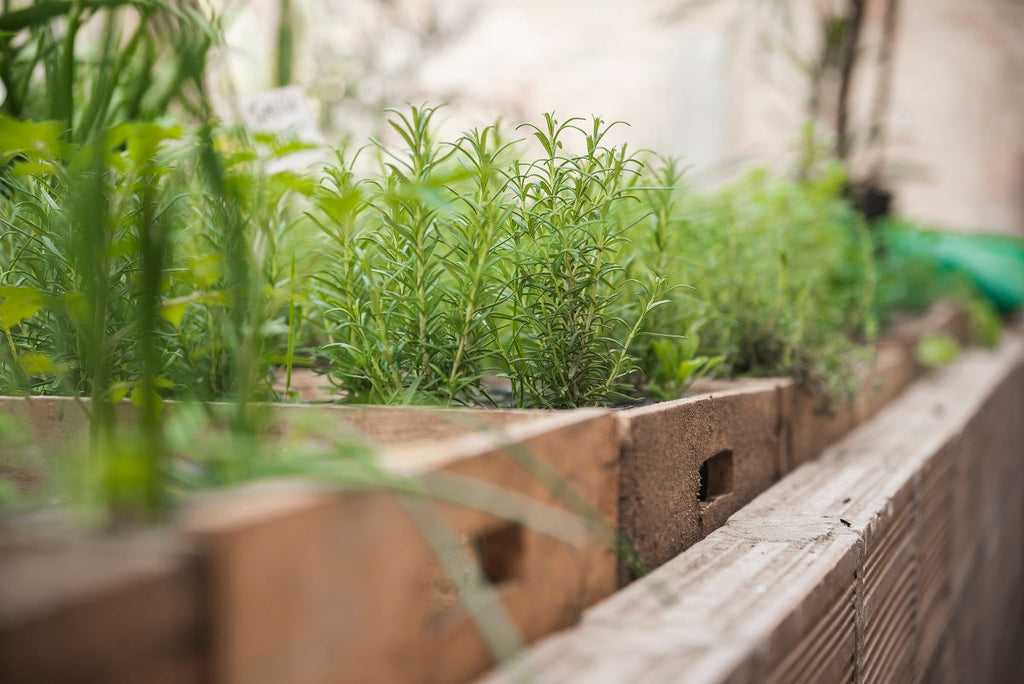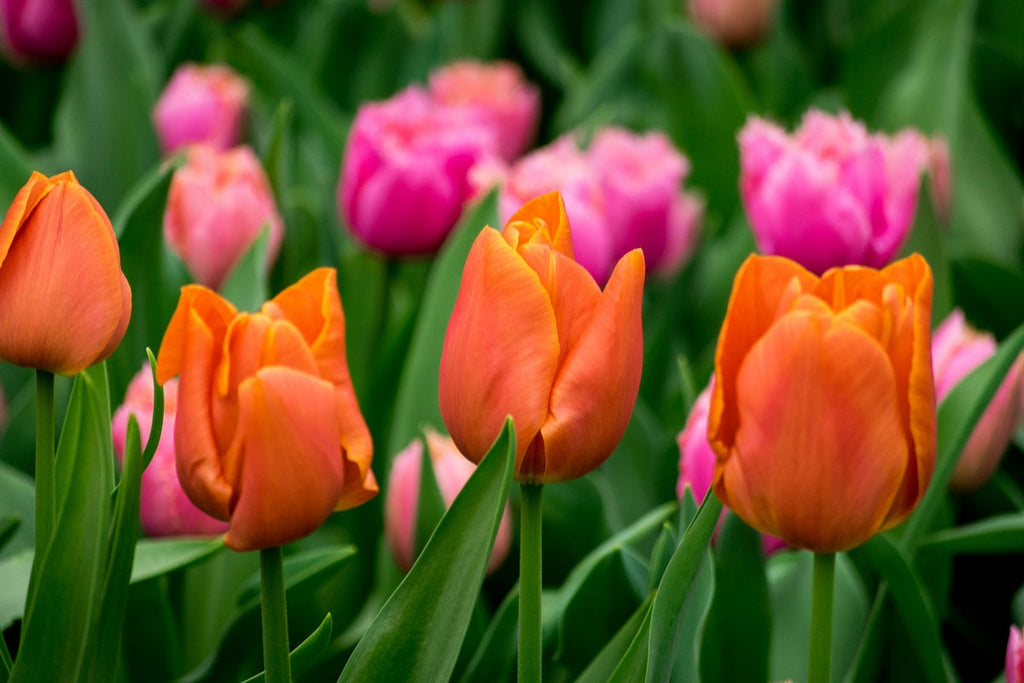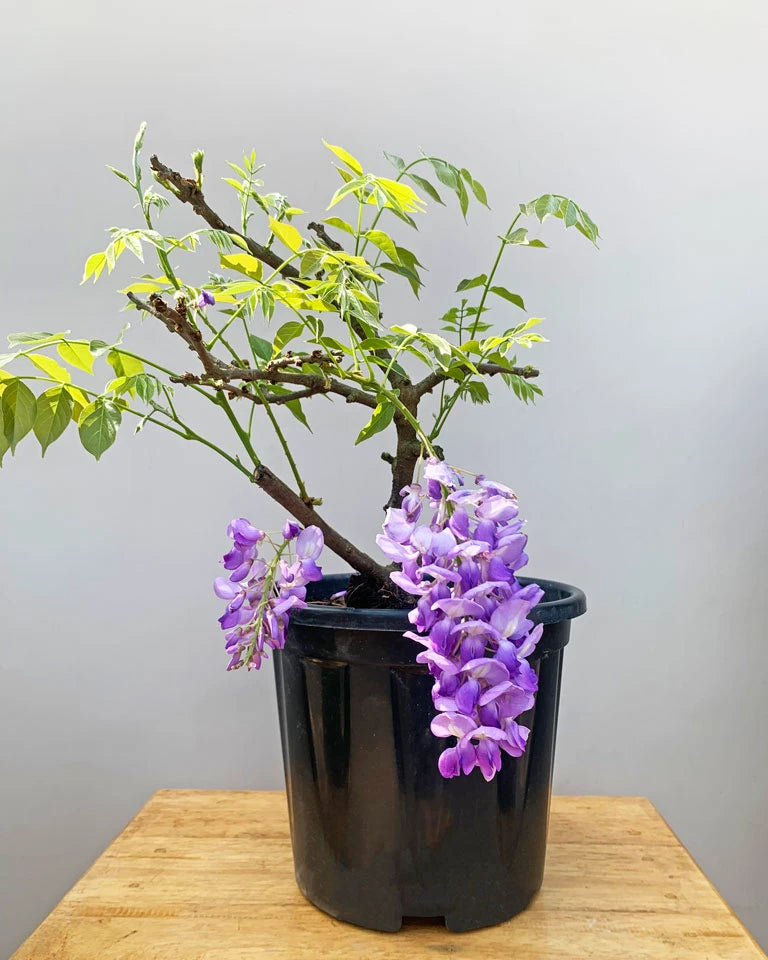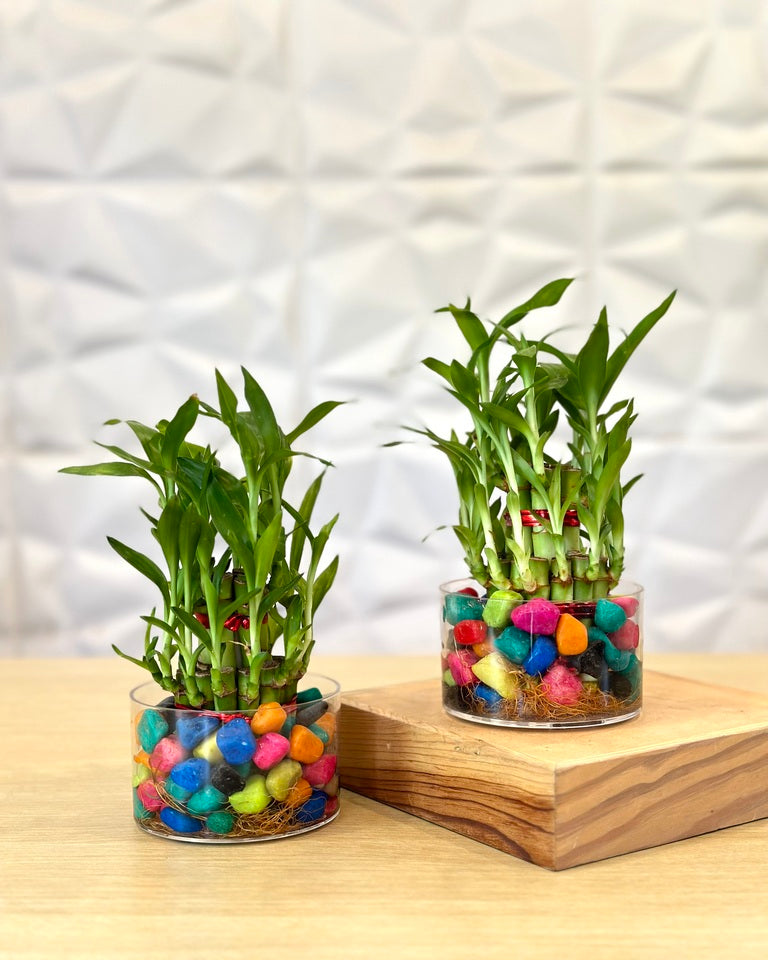
How to Get Rid of Mealy Bugs on Plants

Understanding Mealybugs: A Threat to Your Plants
Mealybugs are small, sap-sucking pests related to scale insects. They thrive in warm and humid environments, making them a common problem for both indoor and outdoor plants. In northern climates, they primarily affect houseplants and greenhouse plants, whereas in warmer regions, they can damage entire crops. If left untreated, mealybugs can significantly weaken plants and hinder their growth.

Life Cycle of Mealybugs
The mealybug life cycle begins when a female lays between 300-600 eggs in a cottony mass on plant leaves or stems. After laying eggs, the female dies, and in about 7-10 days, the eggs hatch into yellowish crawlers. These crawlers move around until they find a feeding spot and then progress through several nymph stages. Female mealybugs go through three nymphal stages, while males go through two, eventually becoming winged adults. Depending on the species, mealybugs can mature in six weeks to two months, making infestations difficult to control if left untreated.
Identifying Mealybug Damage
Mealybugs cause significant harm to plants by sucking sap, weakening the plant, and promoting the growth of sooty mold due to their honeydew secretions. Signs of infestation include:
-
White, cotton-like masses on plant stems and leaves.
-
Yellowing leaves and premature leaf drop.
-
Sticky, waxy residues leading to sooty mold growth.
-
Stunted plant growth and poor flowering.
8 Effective Methods to Eliminate Mealybugs
1. Wash Mealybugs Away
For light infestations, rinse plants with a strong stream of water using a sink, shower, or garden hose. This helps remove many bugs and prevents further infestation.
2. Isopropyl Alcohol Treatment
Dab mealybugs with a cotton swab soaked in 70% isopropyl rubbing alcohol. Before applying it more broadly, test on a small leaf first to ensure it won’t harm the plant. Repeat weekly until the infestation disappears.
3. Insecticidal Soap Spray
Mix 1 teaspoon of dish soap with 1 gallon of water and spray directly onto the mealybugs. Be sure to cover the undersides of leaves and repeat weekly if needed.
4. Neem Oil Application
Neem oil is an organic insecticide that disrupts mealybug growth and feeding. Mix 1-2 tablespoons of neem oil with 1-2 teaspoons of dish detergent and 1 gallon of warm water, then spray on plants in the morning or evening.
5. Introduce Natural Predators
Beneficial insects such as lacewings, parasitoid wasps, and the mealybug destroyer (Cryptolaemus montrouzieri) naturally feed on mealybugs. Introduce these predators to outdoor plants or greenhouses for long-term control.
6. Homemade Insect Spray
Blend 1 garlic bulb, 1 small onion, and 1 teaspoon of cayenne pepper into a paste. Mix with 1 quart of water, let steep for an hour, then strain and add 1 tablespoon of dish soap. Spray the solution on infested areas and repeat as needed.
7. Mealybug Traps
Pheromone traps can be effective in catching male-winged mealybugs. Place these sticky traps near trellises or stakes in high-infestation areas.
8. Use Chemical Pesticides (As a Last Resort)
Only use synthetic pesticides if all other methods fail. Select an insecticide specifically formulated for mealybugs and follow the application instructions carefully. Avoid broad-spectrum pesticides that harm beneficial insects.

What Causes Mealybug Infestations?
Mealybugs attract plants with high nitrogen levels and soft, overwatered growth. Over-fertilization and excessive moisture create ideal conditions for these pests. Greenhouses and newly purchased plants are common sources of infestation. Ensuring proper plant care and regular inspections can help prevent outbreaks.
Preventing Future Mealybug Infestations

-
In some cases, mealybugs may be too small to detect with the naked eye; using a magnifying glass can help in their identification.
-
Inspect new plants before introducing them to your home or garden.
-
Reduce overwatering and over-fertilizing to limit nitrogen levels.
-
Wipe leaves regularly with neem oil-based leaf shine solutions.
-
For houseplants, maintain lower nighttime temperatures (around 60°F) to deter mealybugs.
-
Use strong water sprays to dislodge potential pests regularly.
Mealybugs vs. Scale: What’s the Difference?
While both mealybugs and scale insects suck plant sap, mealybugs have a soft, cottony appearance, whereas scale insects develop hard, shell-like coverings. Control methods for both pests are similar.
Conclusion
Mealybugs can pose a significant threat to both indoor and outdoor plants, but with proper identification and control measures, you can keep your plants healthy and thriving. By using natural remedies such as neem oil, and insecticidal soap, and introducing beneficial insects, you can effectively manage mealybug infestations without resorting to harsh chemicals. Regular inspections, proper watering, and controlled fertilization will help prevent future infestations, ensuring your plants remain pest-free.
FAQs
Q1. How do I know if my plant has mealybugs?
You’ll notice small white, cotton-like masses on leaves, stems, and sometimes roots. Other symptoms include yellowing leaves, sticky residue, and sooty mold growth.
2. Can mealybugs spread to other plants?
Yes, mealybugs move between plants and can quickly infest multiple plants nearby. Isolating affected plants helps prevent spreading.
3. How long does it take to get rid of mealybugs?
Depending on the severity, it can take a few weeks to eliminate mealybugs. Regular treatments and monitoring are essential.
4. Are mealybugs harmful to humans?
No, mealybugs do not bite or harm humans, but they can severely damage plants.
5. What’s the best organic way to kill mealybugs?
Neem oil and insecticidal soap sprays are effective organic solutions to control mealybug infestations.













